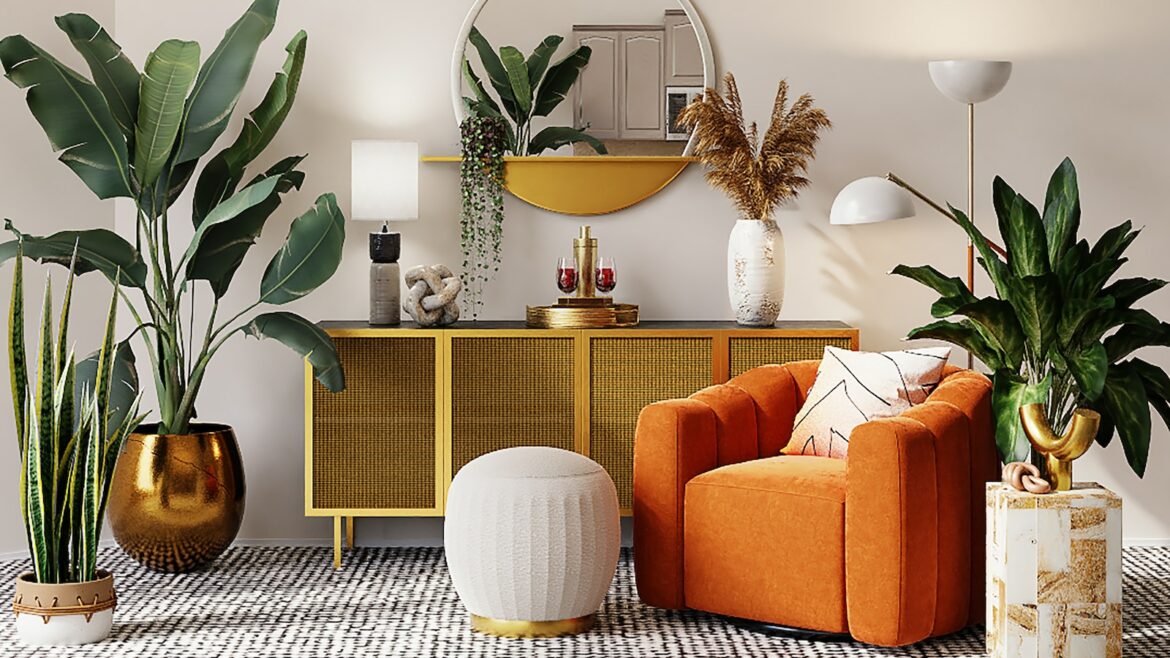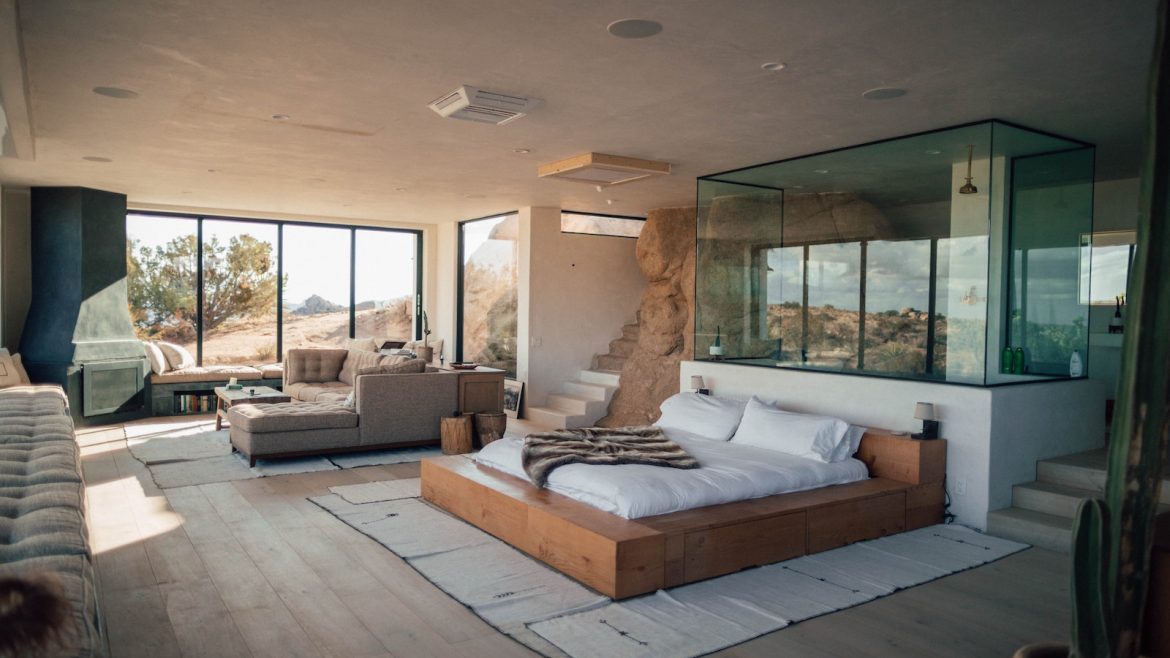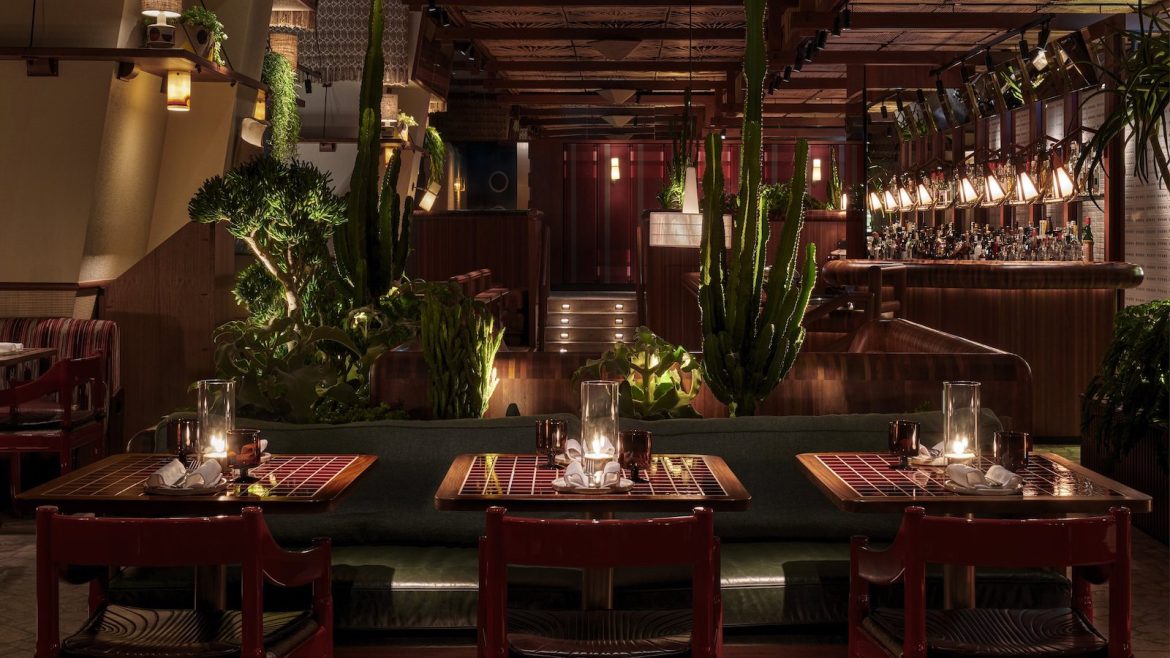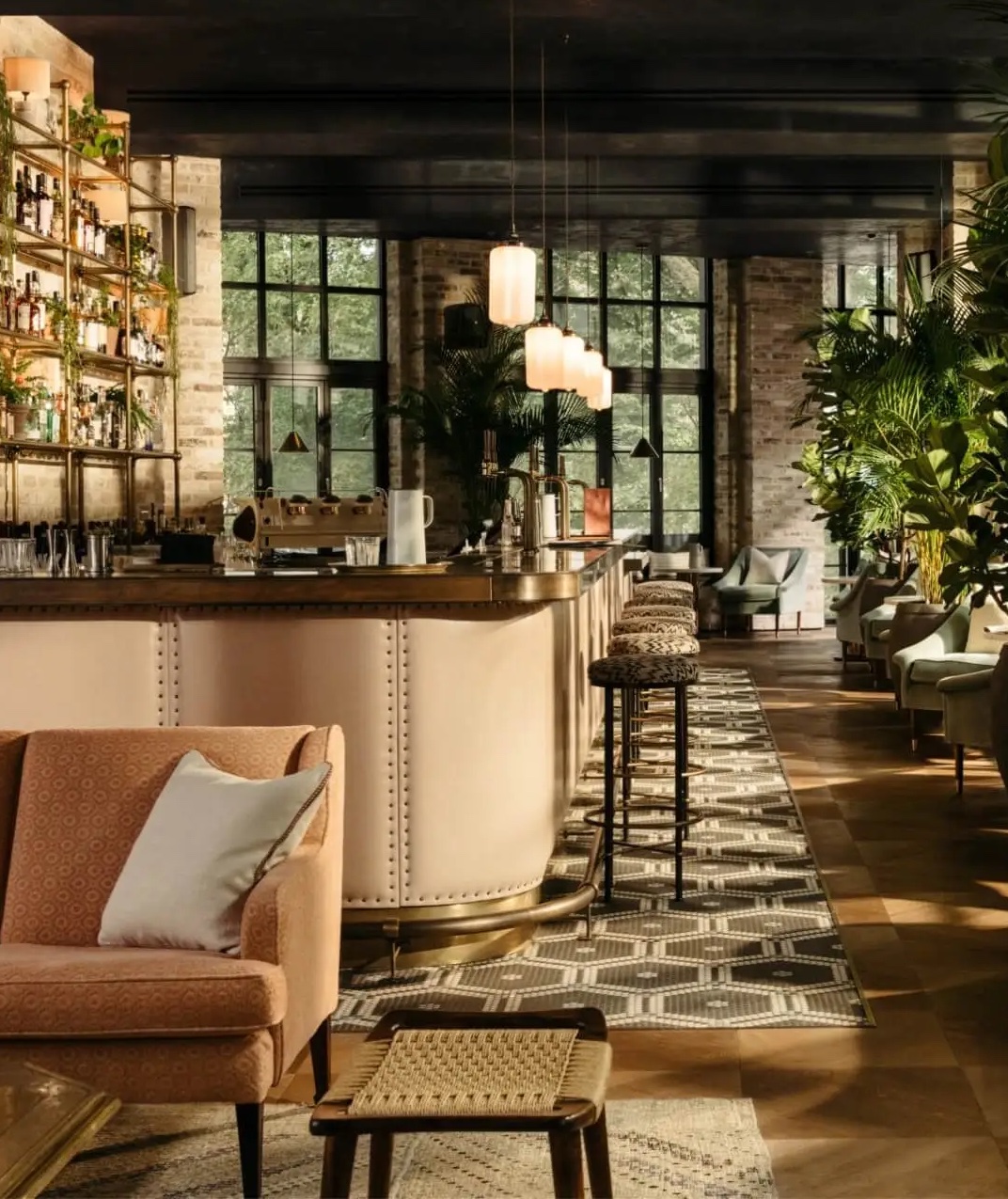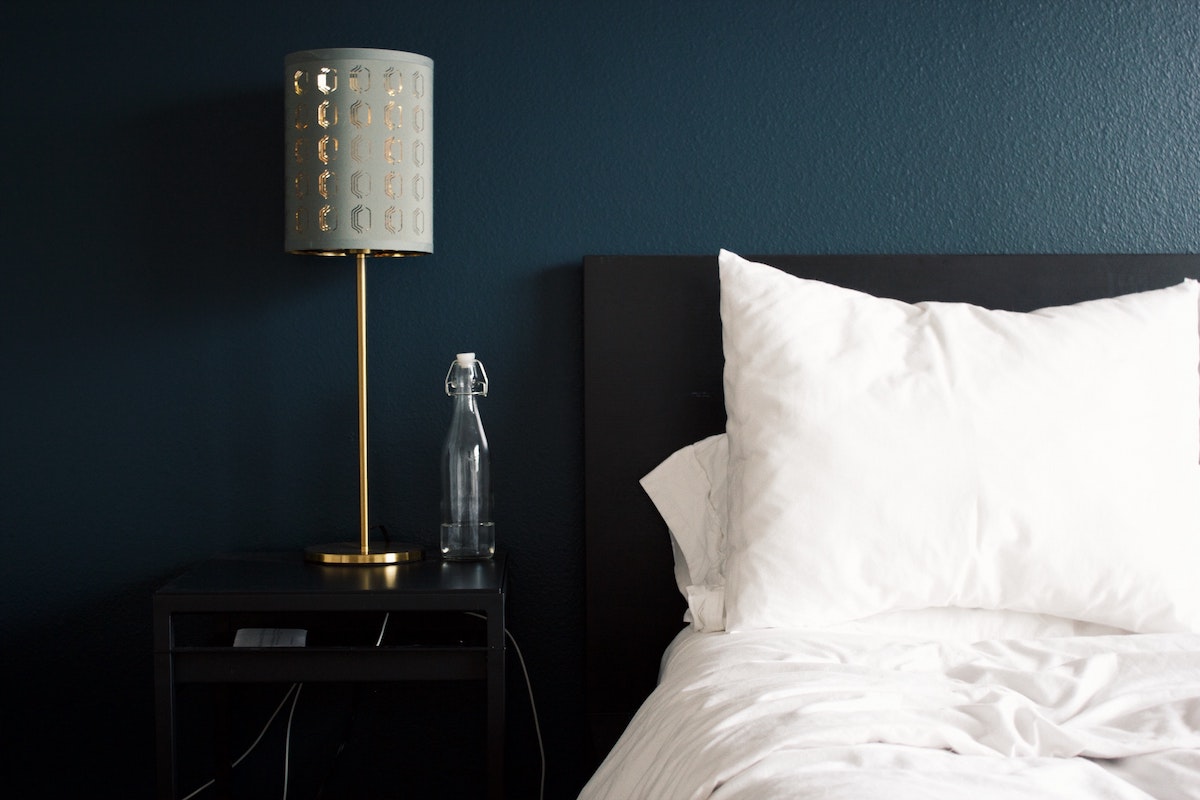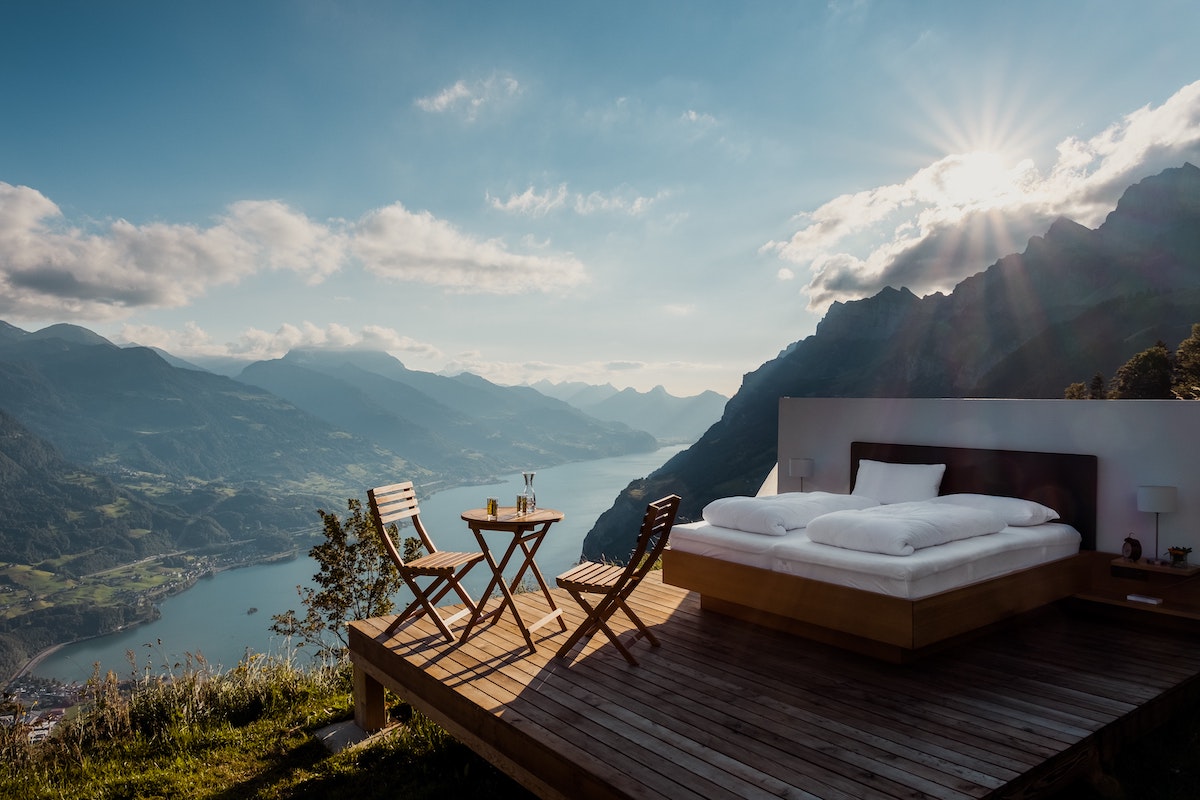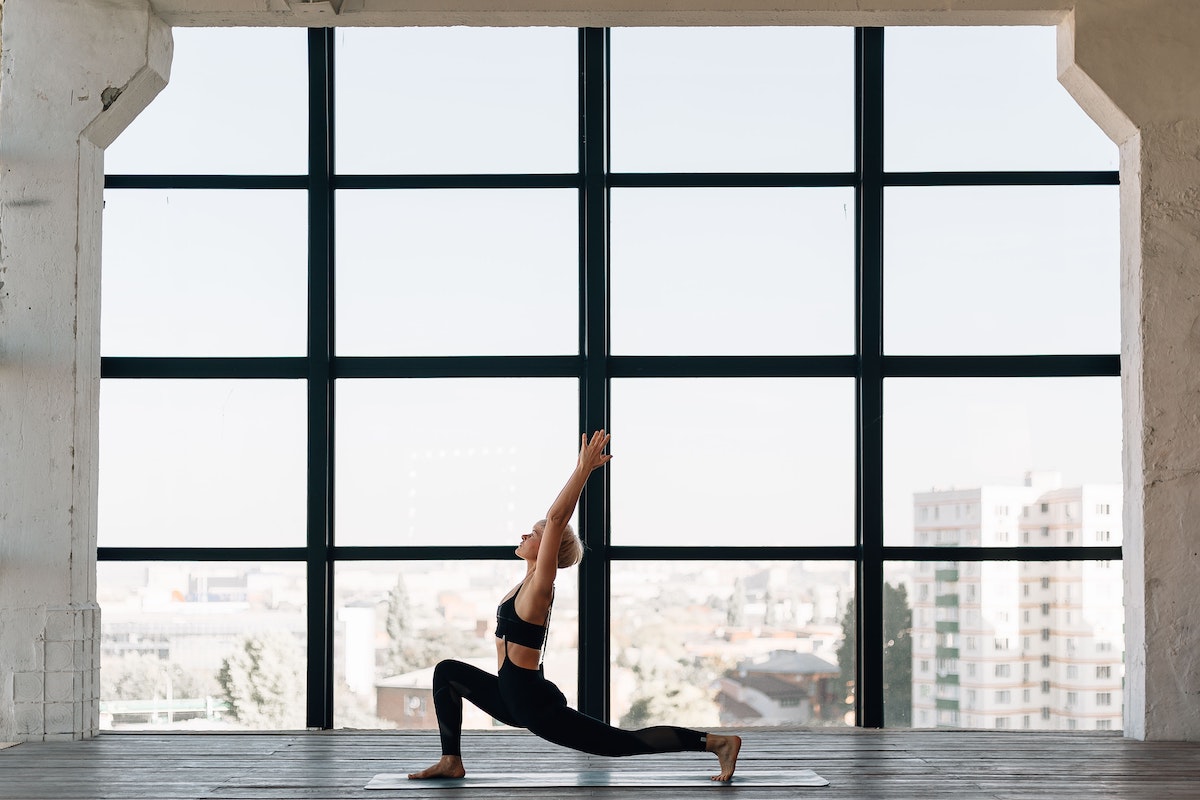Redefining senior living with hospitality principles
https://hoteldesigns.net/wp-content/uploads/2023/08/Miss-match-of-furniture-in-lounge-1024x640.jpg 1024 640 Hamish Kilburn Hamish Kilburn https://secure.gravatar.com/avatar/81d2884aeeac3c45e38c47cacc508c2178bab773320ff2d6a83bdcc803d93aec?s=96&d=mm&r=gIf design’s role in hospitality is to make spaces more user-friendly, experiential and answer to modern traveller demands, then breaking down the stigma around senior living using savvy design solutions is paramount. The Designers Group shares its approach to blurring the boundaries in this sector…
At The Designers Group (TDG), our commitment to senior living design goes beyond aesthetics. Our vision is to seamlessly integrate the comforts and luxury of high-end hospitality with research-based concepts optimised for wellness.
Our team understands the significance of creating welcoming environments and exceptional interior experiences. At TDG, we take a meticulous approach, conducting in-depth research to truly understand the needs and preferences of senior residents. Our design decisions are grounded in demographics, psycho-social factors, and trends in the senior living industry, ensuring we cater not just for today, but for the future evolution of the ageing population.
Our research-driven approach shapes every aspect of our designs. Gone are the days of cold and institutional healthcare facilities. Our goal is to curate boutique-style communities where seniors can continue engaging with others, fostering connections with family, and finding purpose in their daily lives.
In transforming dated and sterile spaces, we create the ambiance of a luxury resort. Calming neutral tones complement adjustable mood lighting, allowing us to create spaces that stimulate or relax based on the time of day. We bring the outside in through botanical prints, greenery, and garden views visible from room windows. Natural textures and materials provide organic warmth, but we customise our material palette based on each community’s unique vision. Our goal is harmonising with the local landscape while creating an oasis of comfort and renewal.

Image credit: Unsplash
In a recent skilled nursing facility redesign, we harnessed the power of hospitality to improve quality of life and change perceptions of the community. Outdated areas were reimagined with contemporary lounge areas for socialising, spa-like rooms, and neutral and muted tones for a sense of calm. Our lighting choices aligned with circadian rhythms, promoting better sleep and cognition. The transformation resulted in improved patient satisfaction, a 15 per cent increase in occupancy, and a significant revenue boost.
However, beautiful design alone is not enough; it must also contribute to wellbeing. At TDG, we incorporate research-backed elements that support holistic health:
- Active noise-cancellation technology filters disruptive sounds, offering restful quiet without compromising community engagement.
- Expansive windows welcome abundant natural light and outdoor views, reducing anxiety and promoting connection with nature.
- Color palettes take into account how ageing eyes perceive contrast differently, using well-defined edges and warm hues to minimise visual confusion.
- Community gardens provide opportunities for horticultural therapy and mindful movement to reduce stress and improve fine motor skills.
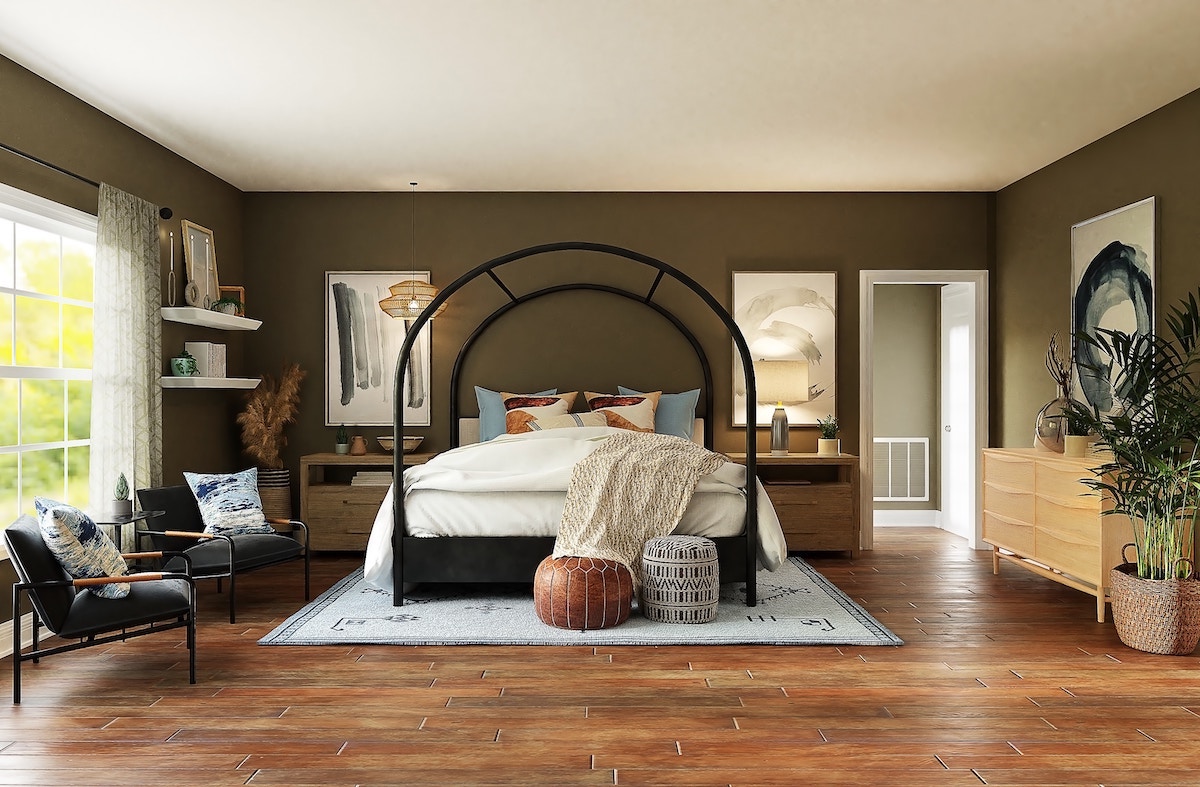
Image credit: Unsplash
Additionally, we elevate our communities with hospitality-inspired amenities:
- Private dining rooms allow residents to host intimate gatherings for family and friends, complete with catering services. These spaces cultivate meaningful connections over shared meals.
- Cafes serve barista coffee and fresh pastries throughout the day for quick bites and socialisation in lounge areas.
- Fitness centres offer varied equipment adapted for seniors’ abilities to enable continued strength training and cardio.
During the pandemic, social connection was compromised, and we responded with thoughtful design solutions. We created ample lounges and communal patios to promote safe socialisation through appropriate distancing, incorporating materials with antimicrobial properties for added safety. Cleanliness remains paramount, with discreet air purification systems and easily sanitised surfaces.
Through surveys and focus groups, our team continually refines our approach based on feedback and evolving needs. We recognise that what enhances memory care, for example, may differ from the requirements of independent or assisted living. Our spaces are thoughtfully tailored to nurture the wellbeing of every resident.
At TDG, our goal is to incorporate the comforts and luxury of high-end hospitality with meaningful design elements that support the holistic wellness of ageing populations. The result is communities crafted with care, where seniors can continue thriving and embracing the joys of life in their later years. Through our research-driven and purposeful approach, we redefine senior living, pioneering a future where comfort, care, and connection are at the heart of every community we design.
Main image credit: Upsplash

